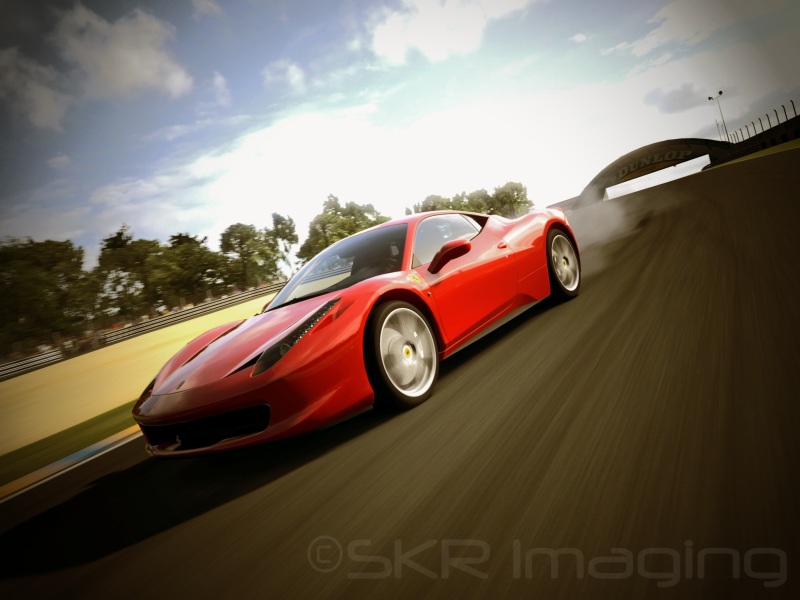I had been searching for a free alternative to the much beloved Adobe Lightroom software for a while now. I had tried the Lightroom 3 Demo and instantly got hooked to all it had to offer in terms of organizing,editing and developing RAW image files.
One thing that made me cringe was the price: at 300$ for the full version, it was not too inviting for someone who just wants to showcase images online. I can understand the research and development has a lot to do behind the price but it was just not for me.
I decided to look to open source applications on MAC that would allow me to output RAW images as close as possible to Lightroom without much fuss.I stumbled across this great software a few weeks ago and was relly surprised at what it could accomplish.
That software was Photivo. It is available for Windows, Mac and Linux (although Windows version gets more updates). The latest Mac version is from September 2011. The Windows version, as of writing, was updated on November 28 2011.
In the beginning, I felt a little lost with the user interface provided. it was a completely different beast compared to Lightroom.
The left side of the screen is where all of the main develop tools are located (exposure, contrast,saturation..etc).
The right side displays your RAW image once opened. there is even a histogram to help you just like most RAW editors.
At first, it is easy to get overwhelmed with this new interface but once you learn to use it, it makes a lot of sense. Personally, I find the interface to be quite clean and simple.
There is a search bar on the top of the develop section. Here, you can type anything pertaining to image editing and without even having to navigate countless menus, you will be provided with the tool you requested.
For example, if I want to convert the city skyline image to black and white, I start typing “black” in the search bar and right away it will give me the tool i need. All I have to do is turn up the opacity value from 0 to 1 using the slider.
There are many more actions that can be accessed either from the navigation menu or the search bar but I suggest you explore them once you have installed this great software. (for more in-depth information on different features, please read the online manual).
In conclusion, I recommend this software to all photographers who do not have the budget to purchase the full Lightroom license and who do not want to sacrifice quality because even though this software is open source, it has the potential of outputting final images worthy of top image editors.
All the pictures found on this blog are edited using this great Software.
Here is a link to the official Flickr group for Photivo where you can find many different images edited using this software.
If you have any questions regarding Photivo, please leave a comment below and I will be happy to respond.
Enjoy this software and looking forward to seeing different pictures from you guys. You can post the link to an image you edited using Photivo in the comments section below.













